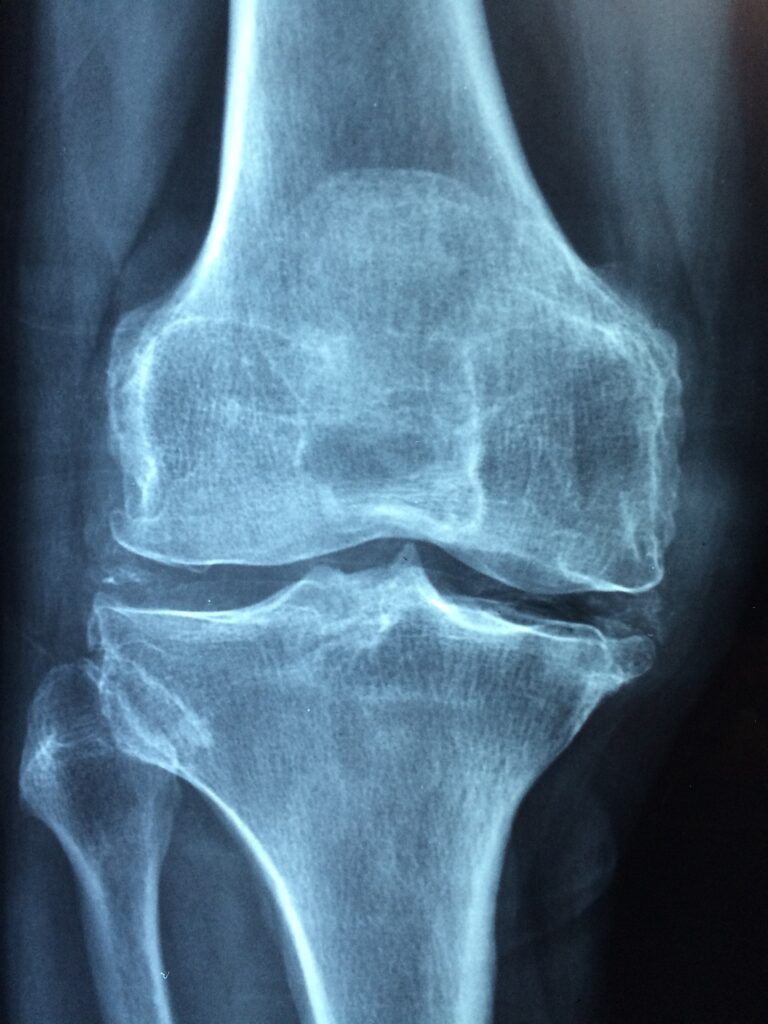Joint pain can be a debilitating condition that can greatly impact a person’s quality of life. While there are many conventional treatments available, some people prefer to explore alternative options such as Ayurvedic medicine. Ayurveda, which is an ancient Indian healing system, offers a holistic approach to treating joint pain that involves balancing the body and mind.

In this blog post, we’ll explore some of the Ayurvedic treatments that can be used to alleviate joint pain.
- Abhyanga
Abhyanga is an Ayurvedic massage technique that involves applying warm oil to the body. This treatment can help to improve circulation, reduce inflammation, and lubricate the joints. Some of the oils that are commonly used in abhyanga include sesame oil, coconut oil, and almond oil. The massage should be gentle and circular, and it should focus on the affected joints.
- Panchakarma
Panchakarma is a detoxification process that is used in Ayurveda to cleanse the body of toxins. This treatment involves a series of therapeutic procedures that are designed to eliminate toxins from the body. Panchakarma can be effective for treating joint pain because it can help to reduce inflammation and improve joint mobility.
- Ayurvedic herbs
There are many Ayurvedic herbs that can be used to alleviate joint pain. Some of the most commonly used herbs include turmeric, ginger, and boswellia. Turmeric contains a compound called curcumin, which has anti-inflammatory properties that can help to reduce joint pain. Ginger is also a natural anti-inflammatory that can help to reduce joint pain and stiffness. Boswellia is a herb that has been used in Ayurveda for centuries to treat joint pain and inflammation.
- Yoga
Yoga is an ancient practice that has been used for centuries to improve physical and mental well-being. There are many yoga poses that can be helpful for relieving joint pain. Some of the most effective poses for joint pain include the downward-facing dog, the warrior pose, and the pigeon pose. Yoga can help to improve joint mobility, reduce inflammation, and increase circulation.
- Diet
Diet plays an important role in Ayurvedic medicine, and it can be helpful for relieving joint pain. In Ayurveda, it is recommended that people with joint pain avoid foods that are spicy, sour, or salty. Instead, they should focus on eating foods that are warm, cooked, and nourishing. Some of the foods that are recommended for joint pain include ghee, rice, lentils, and vegetables.
In conclusion, joint pain can be a debilitating condition that can greatly impact a person’s quality of life. Ayurvedic medicine offers a holistic approach to treating joint pain that involves balancing the body and mind. By using techniques such as abhyanga, panchakarma, Ayurvedic herbs, yoga, and diet, people with joint pain can find relief and improve their overall well-being. However, it is important to consult with a qualified Ayurvedic practitioner before starting any new treatments.
